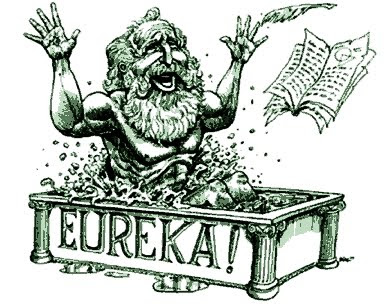FEBRUARY 20/21, 2021
In her 2013 book titled, “ROY G. BIV,” Jude Stewart explores the history and mystery of colors.
For instance, that blue wasn’t always for boys … and pink wasn’t always for girls. That phenomenon is roughly 50 or so years old.
Prior to that babies with blue eyes wore blue, and babies with brown eyes wore pink.
Or else in the Middle Ages, or in some Catholic countries, girl babies wore blue in honor of the Blessed Virgin Mary, and boys wore pink to honor a particular martyr who shed his blood in a heroic imitation of Christ.
Throughout the 176 pages, Stewart explores colors and their meanings in various cultures and times. While not an exhaustive text, it at least makes you think about what and why.
And for the record, Roy G. Biv is not a person, but is a mnemonic for the seven primary colors of the rainbow; namely, red, orange, yellow, green, blue indigo and violet.
Today is the first Sunday of Lent.
Four down, thirty-six to go. And just for the record, the Sundays don’t count.
Have you given something up? Have you taken something on?
In today’s First Reading from Genesis, we hear the end of the story of Noah … and how God created a “covenant” with him. A covenant in the Hebrew understanding of the word is less of a legal document and more like adoption papers.
In the Old Testament, we hear of six covenants between God and humanity.
The first being the Garden of Eden … after those seven days of creation … and the promise of a future redemption through the offspring of the woman.
The covenant with Noah … signified in the rainbow … made up of seven primary colors … to remind us of our relationship with God and creation.
The covenant with Abraham – how one man would become the father of many nations, and bless the nations of the world.
The Mosaic covenant – the Ten Commandments and the dietary (and other cultural) laws of the Hebrews … and their 40 years of preparation in the desert.
The covenant with Kind David … who was chosen above his seven brothers to be king … and the promise of a future king of his line who would be “God’s son.”
The covenant described by the seven major prophets – that if the people would only return to God … God would return them from whatever exile they were experiencing.
But the covenant we should be most interested in is the one we’re living under now. The one where God has fulfilled the promises of those first six covenants in Jesus Christ.
And in the covenant – that is relationship, or adoption – that we are living under, there are seven sacraments … literally seven oaths or promises … that we take in order to enter … and to live out this life of grace … in a family relationship to God the Father, as members of His Son, in order to be filled with … and exercise in our lives … the power of the Holy Spirit.
You see, all of these “churchy” things that we do are not just made up last week so that we can sit on hard seats and put more money in the collection basket. Rather, they are the fulfillment of almost six thousand years of relationship between God and creation and the entire human race.
These seven signs: Baptism, Confirmation, Eucharist; Confession, Anointing; Marriage and Holy Orders … these establish and maintain the covenant between us and God … as well as relationships … a covenant … between ourselves … and how we are to relate to the world.
It all starts with Baptism, which opens for us the other six. And which St. Peter gives an excellent explanation of the operations of grace between us and God.
And while seven is a particular number tied in with covenants in both the Old and New Testament … the number 40 plays a role in birth and rebirth.
40 days of flooding … 40 days of fasting … 40 years in the desert … 40 comes from the 40 weeks it takes to make a baby. The number 40 is intimately tied to a very specific biological process … that while in itself a beautiful and wonderful and miraculous thing … also brings with it morning sickness, cramps, swollen ankles, and later on … the occasional heated argument and slammed doors.
And so, we are moving along our own 40 days of rebirth. It’s not easy, but it’s meant to remind us of who we are in relationship to God and in relationship to each other. Also during this time, we prepare those who will join us through Baptism and the other Sacraments in this unique family of God. We accompany them in prayer and sacrifice as they prepare to be born again through water and the Spirit … and become our brothers and sisters in Christ.
As we approach this altar to receive the Sacred Body and Blood, Soul and Divinity of Jesus Christ, let us remember what we are about … and who we are called to be.
May our efforts as we proceed through the holy season of Lent help us to strengthen our relationships with God and with one another.
May these 40 days of prayer, fasting, and almsgiving draw us ever more deeply into the life of grace and the family of God … reminding us of the divine power we have at our disposal through these seven sacraments which establish, strengthen, and restore our covenant with God and one another.























